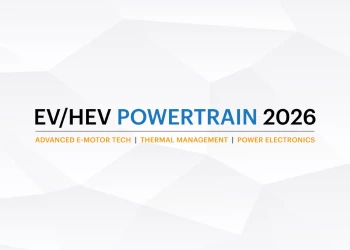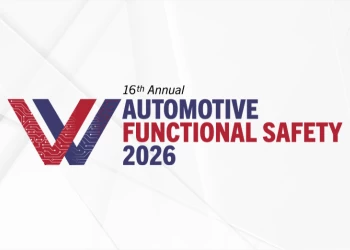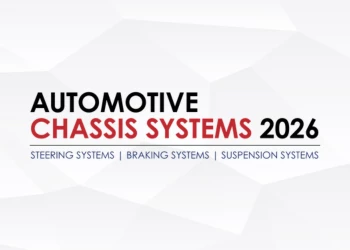The future of thermoplastics in the automotive industry: Promising Processes - Part 4 of 5
Add bookmark
Resin Transfer Molding (RTM)
Resin transfer molding has previously been considered a process which is for medium
volume production quantities, as it bridges the gap between slower contact molding
processes and faster compression molding methods. Continuous strand mats and woven reinforcement is placed dry in the bottom half of the mold, which is then clamped down. A low viscosity catalysed resin is pumped into the mold, displacing the air which is forced out through vents. Metering equipment is used to control the ratio of catalyst and resin. The benefits of this type of molding are that it produces exact parts of uniform thickness with a finish to both sides, and the manufacturing process has low emissions.
Thermoplastic Resin Transfer Molding (T-RTM)
The researchers at ICT have developed this method to create their own thermoplastic resin transfer molding process, which enables them to form the composite in a single step. A pre-heated textile structure is inserted into a molding tool which is thermostatically
controlled; it is inserted in such a way that the fibre structures are aligned with the
anticipated stress. The activated monomer melt is then injected into the molding chamber to complete the process. By controlling the temperature during the processing stage, the engineers are able to select the minimum required processing time.
ICT showcased this method of manufacturing by producing a trunk liner for the Porsche
Carrera 4 which weighed around 50% less than the conventional aluminium part, and
actually improved the cars overall structure in terms of crash behaviour by calculating the
optimum placement of fibres. The method has another benefit as it has been demonstrated to half the cost of processing when compared with thermoset structures.
Reaction Injection Molding (RIM)
Reaction injection molding is also referred to as liquid reaction molding and high pressure impingement mixing. The low pressure method of reaction injection molding involves a mechanical mixing process, often with multiple component dispensing equipment, and the immediate injection of the mixture into a closed mold. Reactive resins provide a fast manufacturing cycle and the process is already used widely for parts such as bumpers and non-structural interior components. The introduction of fibres into the process is called reinforced reaction injection molding (RRIM).
Composite braiding
Composite braiding is another area if interest to the automotive industry, not least because of the flexibility it allows in terms of geometry of design and the production of connecting parts. It is an automated process which allows the fabrication of complex geometrical parts. As a process it allows a high throughput and produces little waste, and it is relatively simple to implement a fibre composite design into the process.
A mandrel is fabricated and is guided automatically through the braiding machine. Bobbins fixed to the exterior of the braiding ring can introduce additional reinforced fibres in parallel to the longitudinal axis of the part being manufactured. After this process, the
matrix material is injected by resin infusion or resin transfer molding, and the part is cured. The mandrel can remain within the part as a structural component, or can be
removed once the process is complete.
Continuous laminating
Continuous laminating may also offer options to the automotive industry. The process
creates composites in sheet form which could potentially be used to form larger car parts in the future. Reinforcement fibres are impregnated into the resin which is sandwiched
between two plastic carrier films. The composite is then guided through pressing and
rolling tools to form the desired composite make up. Structures can be made up of several layers depending on the strength, stiffness and specification. The laminate is then cured at temperature and pressure to achieve the correct shaping and dimensions.
This article is part of our series on thermoplastics
[eventpdf]










